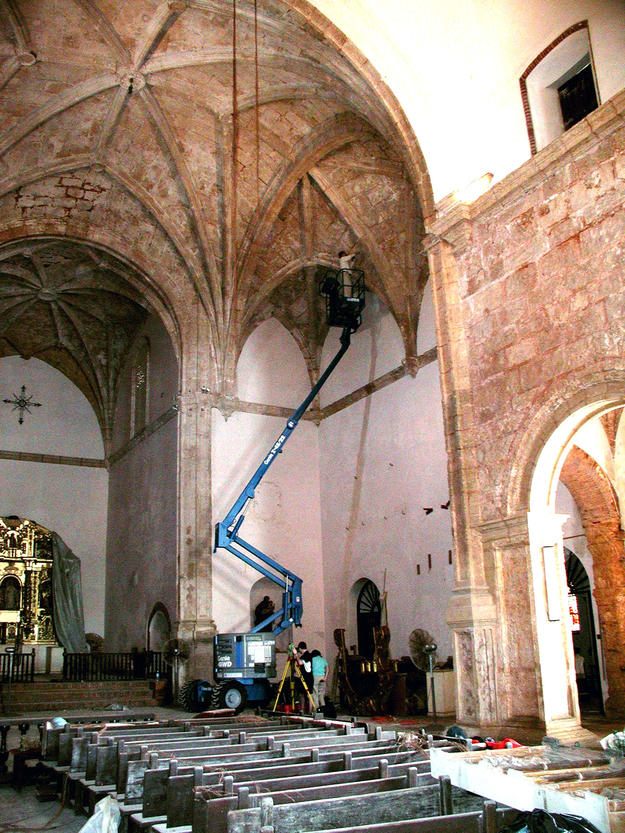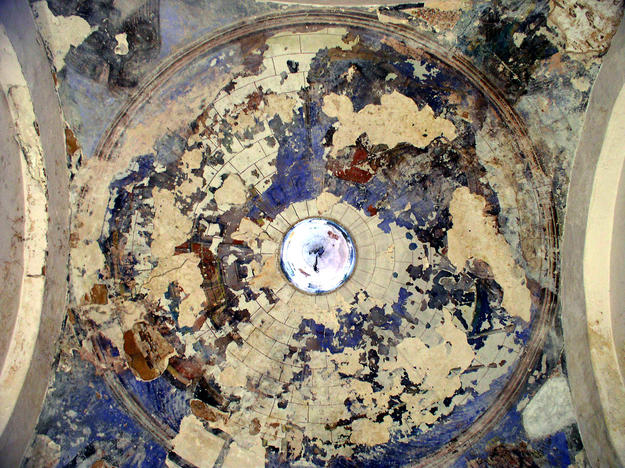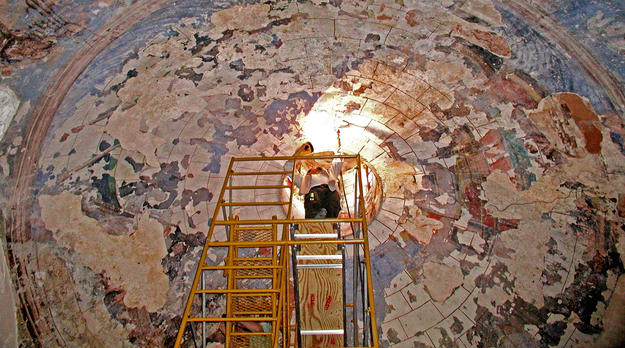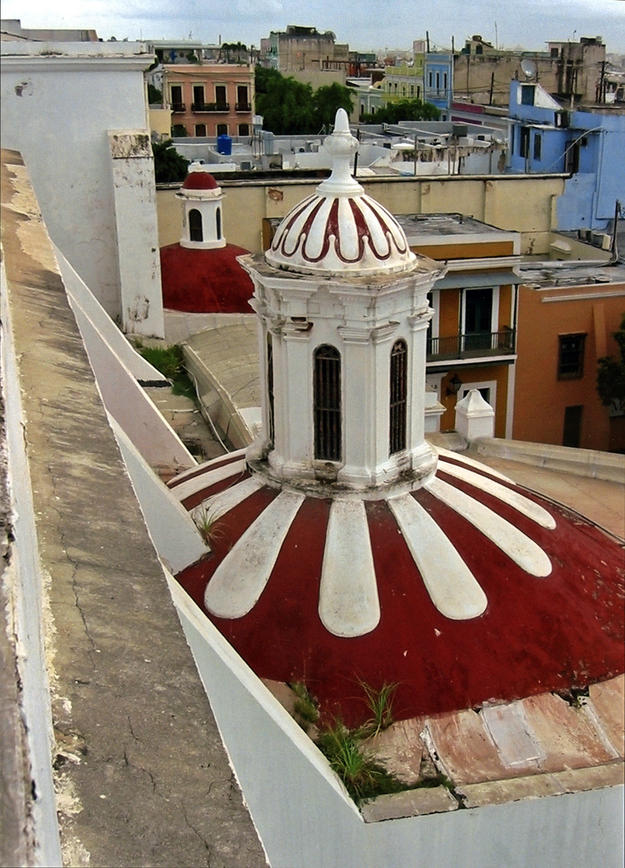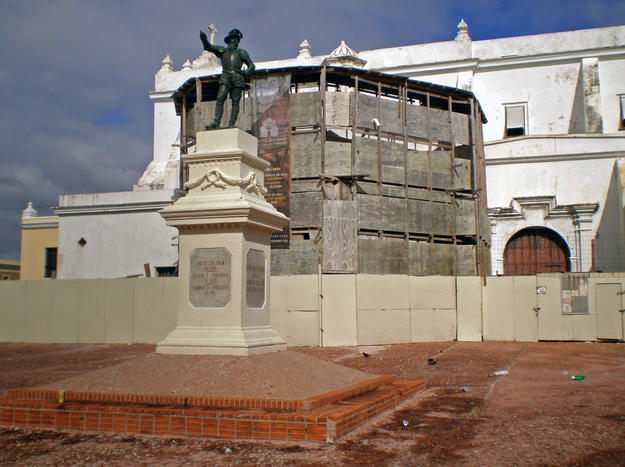San Jose Church
The San José Church, or the Iglesia de Santo Tomás de Aquino, is one of the finest and oldest examples of Gothic-influenced religious architecture built by the Spanish in the New World. Dominican friars constructed the church, beginning in 1532, within Puerto Rico’s walled city of San Juan. The church was designed as a longitudinal temple with side chapels and was situated on the highest point of the Isleta of San Juan on a site donated by Juan Ponce de León. In 1858, the church passed from the Dominican friars to the Jesuit Order and was renamed the Church of San Juan. Under this new leadership, the church was transformed. The interior design, decoration, and furnishings changed significantly to reflect the fashionable neoclassical style.
In 1887, the church was again transferred, this time to the Vicentian Fathers (Padres Paules), who redecorated the interior of the church for the third time in the building’s history. It had an unprecedented monumental scale within the colonial walled city and the designs of its sanctuary and transept vaults were phenomenal, while the engineering of the ribbed vault was a grand accomplishment rarely seen outside Europe.
Urgent work to control environmental factors
By the mid-twentieth century, political, technological, and economic factors had taken a toll on the historic church, and its survival was in question. The San José Church was included on the 2004 World Monuments Watch. We funded a restoration effort beginning with the immediate stabilization and conservation of the church’s historic mural paintings.
Later, we supported the complete architectural documentation of the site and continued urgent work to control environmental factors that affected the integrity of the church. We ensured that the restoration—known as the Capilla del Rosario project—was done by expert conservation professionals who would diligently carry out the tasks and repairs in the most efficient manner possible.
The interior of the church had early frescos depicting maritime references pertinent to Spanish explorers during their first forays in the Americas. The main chapel included early mural paintings in its cupola. The church holds historic significance as well, once housing the remains of Juan Ponce de León as well as those of other historic national figures.
Our investment was at the very beginning of a long preservation project that finally completed in 2021.


